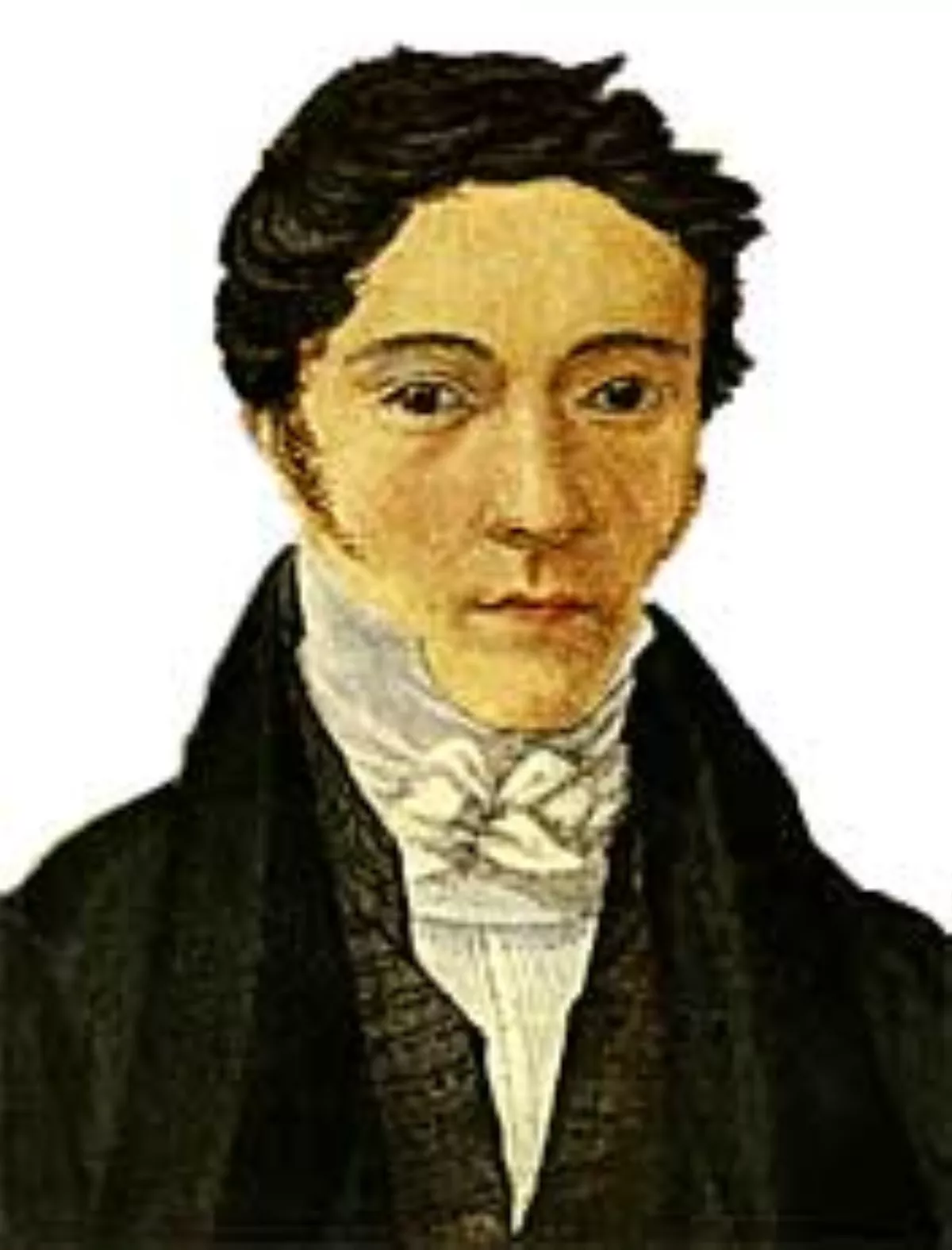 1.
1. Nicolas Louis Robert was a French soldier and mechanical engineer, who is credited with a paper-making invention that became the blueprint of the Fourdrinier machine.

 1.
1. Nicolas Louis Robert was a French soldier and mechanical engineer, who is credited with a paper-making invention that became the blueprint of the Fourdrinier machine.
In 1799, Louis-Nicolas Robert patented the first machine to produce 'continuous paper'.
Louis-Nicolas Robert's invention became the core of the Fourdrinier machine, the basis for modern papermaking.
Louis-Nicolas Robert eventually became a school-teacher and died in penury.
Louis-Nicolas Robert was born to aging parents on rue Neuve-Saint-Eustache, 1st arrondissement of Paris.
Louis-Nicolas Robert received an excellent education with a strong focus on science and mathematics at the hands of the religious order of the Minimes.
Louis-Nicolas Robert felt guilty for being a financial burden to his parents.
Louis-Nicolas Robert was accepted into the military four years later.
Louis-Nicolas Robert served in the military for 14 years, and rose to the rank of sergeant major.
In 1790, having finished with his military career, Louis-Nicolas Robert became an indentured clerk at one of the Didot family's renowned Paris publishing houses.
Louis-Nicolas Robert became discouraged, so Didot appointed him "superintendent of grain grinding" at a nearby flour mill.
The next model showed some improvement, and Didot therefore instructed Louis-Nicolas Robert to make a full-size model, scaling-up to the popular 24 inch 'Colombier' width.
Louis-Nicolas Robert's construction had a moving screen belt that would receive a continuous flow of stock and deliver an unbroken sheet of wet paper to a pair of squeeze rolls.
In 1799, the patent was granted by the French Government, for which Louis-Nicolas Robert paid 8,000 francs.
Citizen Louis-Nicolas Robert is the first to imagine a machine capable of making paper from the vat; this machine forms paper of great width and of indefinite length.
The significance of Louis-Nicolas Robert's invention was for more than mechanising a labour-intensive process, in allowing continuous lengths of patterned and coloured paper to be produced for hanging.
Louis-Nicolas Robert eventually sold both the patent and the prototype machine to Didot for 25,000 francs.
In 1812, in poor health, having both sold and lost control of his invention and the patent, with further exploitation being concentrated in England, Louis-Nicolas Robert retired from paper-making and left Corbeil-Essonnes.
Louis-Nicolas Robert moved to Vernouillet, Eure-et-Loir and opened a small school, Faubourg St Thibault.
The French economy was very depressed after Napoleon's defeats, and Louis-Nicolas Robert was very poorly paid.
Louis-Nicolas Robert continued teaching until his death on 8 August 1828.